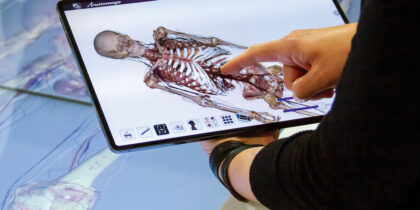For the past few years, the healthcare conversation has been dominated by discussions of big data analytics and population health, but as 2016 progresses, we’re beginning to see tangible progress around how data is used. And according to Healthcare IT News, much of the credit for that goes to geospatial analysis.
Geospatial analysis is the application of statistical analysis and other analytic techniques to geographical data. It’s used in real estate management and other industries to improve predictive insights, since it accounts for both space and time in creating predictive models or forecasting.
Increasingly, more healthcare organizations are beginning to realize that much of the data that’s currently in use only tells a small part of the patient story. According to Adrian Zai, M.D., clinical director of population informatics at Massachusetts General Hospital, that part might be even smaller than most people realize. “We’re using just one percent of the data on patients … For 99 percent of their lives, they’re not in our care.”
Putting Analytics Tools to Use
An industry-wide shift toward an acceptance of technology has made geospatial analysis tools more prevalent and easier to use. As Virginia Long, predictive analytics scientist at MedeAnalytics shares, “It’s finally reached a tipping point where payers and providers can both use the information in ways they couldn’t before.”
This means using data to inform policy adjustments and create intervention programs that lead to meaningful change. One of the best examples of this lies with healthcare giant Kaiser Permanente. In April, they launched a database that gave researchers the ability to examine patient DNA and bump it against behavioral and environmental health factors. The goal of the project is to pull information from half a million patients and use it to build one of the most “diverse repositories of environmental, genetic and health data in the world,” which could then be used to inform research around conditions including diabetes and cancer and their relationships to issues including localized violence, pollution, access to quality food and other factors.
Long has used geospatial analysis to examine childhood obesity in Mississippi and find gaps in access to care in rural communities. She found that one zip code in particular has an enormously high rate — information that could be immensely valuable to state and federal health programs. Her work at MedeAnalytics, which is centered around examining client data and coming up with innovative ways in which to use it, has also focused on epigenetics, or “what the environment does to affect genetics,” says Long. She has also applied her work to examining overuse of emergency departments, specifically in sorting “abusers” from people who simply lack proper care access.
Find out how Boston’s Children’s Hospital is also using analytics to predict flu cases in real time here.










